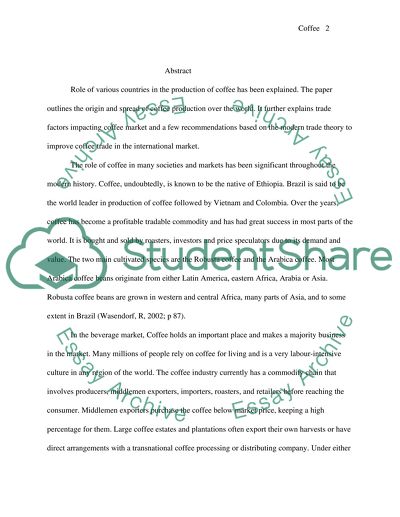Comparative Cultures- Anthropology- Coffee Essay. Retrieved from https://studentshare.org/miscellaneous/1553903-comparative-cultures-anthropology-coffee
Comparative Cultures- Anthropology- Coffee Essay. https://studentshare.org/miscellaneous/1553903-comparative-cultures-anthropology-coffee.


